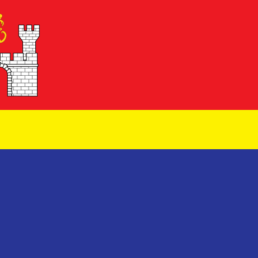Kaliningrad is transforming its car-centric mobility infrastructure into a more efficient, less polluting multi-modal system.
The Russian city of Kaliningrad has created a long-term plan for urban mobility, shifting the focus from cars and private vehicles to public transport and pedestrian areas in the city center. The city plans to improve planning and management of public transport based on efficient monitoring systems to encourage increased usage, as well as introduce new modes and routes for urban mobility. With the development of a combination of policies, the city created a first-of-its-kind mobility model in Russia.

The city has used federal and regional funds to leverage investment from the private sector, too. So far, Kaliningrad has procured 145 efficient EURO-5 buses with lower particulate emissions, which replaced 200 old buses with smaller passenger capacity. The city has also constructed 15 km of bike lanes and constructed more strategic parking spaces throughout the city. The old tram network is also being upgraded, with larger electric trolley buses replacing the small and clunky trams.
240K tons of CO2 equivalent will be saved by 2020 via clean mobility projects
The challenge
The level of motor vehicle ownership in Kaliningrad is one of the highest in Russia. The old urban transport system was designed for 60 to 100 cars per 1,000 citizens, but today there are 436 cars per 1,000 people. The move to improve public transport should help reduce the strain on the city’s congested road network.
Co-benefits
Economic Economic benefits from a more efficient and well-organized transport network include time savings for commuters and higher sales for businesses. Reduced road congestion also leads to fuel savings for drivers.
Social The projects help promote healthy lifestyles in all communities via increased cycling, walking, and the development of multi-functional recreational areas.
Health Kaliningrad expects to see increased physical activity with a shift to more walking and cycling. Improved air quality is also expected to reduce rates of respiratory diseases.
About Kaliningrad
Kaliningrad is the administrative center of Kaliningrad Oblast, a Russian semi-exclave between Poland and Lithuania on the Baltic Sea. The city became the capital of the Duchy of Prussia and East Prussia (part of Germany). It was heavily damaged during World War II and its population fled or was removed by force when it became a Russian city. According to the 2010 Census, its population was 431,902.


